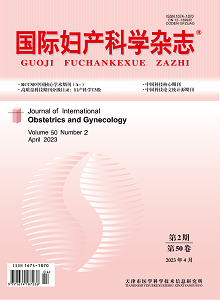The incidence rate of urinary incontinence is increasing year by year, and the main incidence group is the elderly, which leads to adverse events such as falls, tumbles and fractures, and psychological problems such as anxiety and depression. More and more patients with urinary incontinence have suffered physiological, psychological and social stress, which seriously affects the quality of life and life safety. By identifying the high-risk factors that can be intervened and taking targeted measures, it is of great significance to the occurrence and development of urinary incontinence and to reduce the probability of adverse events related to urinary incontinence. Studies have shown that the occurrence and development of urinary incontinence are affected by a variety of factors. It is generally accepted that metabolic syndrome includes advanced age, obesity, mode of delivery, neurological dysfunction, etc. At the same time, more and more studies have proved that insulin resistance, physical activity, atherosclerosis, endothelial dysfunction, lifestyle habits are closely related to the development of urinary incontinence. The research progress of high-risk factors of urinary incontinence is briefly summarized, in order to prevent the occurrence and development of urinary incontinence and reduce the probability of adverse events related to urinary incontinence by identifying high-risk factors.

